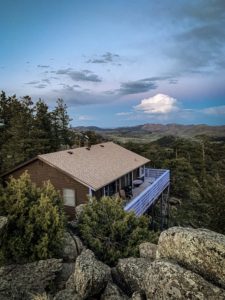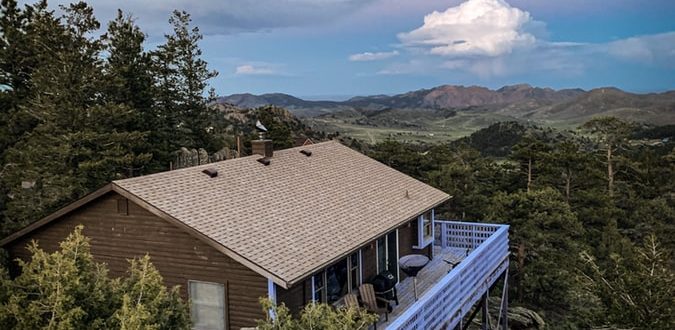Fire Resistant Construction Techniques for Colorado Springs Home
Fire mitigation is part of fire-resistant construction techniques. Contact us for a free estimate.
Some parts of the country are more likely to see wildfires than others. You’ll hear of them in California, Colorado, and other parts of the States where droughts and high temperature more than in  places that have a lot of cooler and wetter weather. However, the local fuels and topography will also come into play.
places that have a lot of cooler and wetter weather. However, the local fuels and topography will also come into play.
These are all factors to consider when constructing homes. You want to make homes as fire resistant as possible to reduce the risk of wildfires spreading and homeowners being in danger. Here are techniques you can follow to help.
Carry Out All Hazard and Risk Assessments Necessary
Before you even start building a new property, you need to check the hazards and risks. Look at the fuels around the area for fires, the topography, and the weather. What are the risks of wildfires starting and spreading quickly?
Just because an area is a high hazard doesn’t mean that wildfires will actually occur. This is often the case with homes on a higher altitude. The wind levels are high but if there’s nothing around it that would add fuel to the fire, the risk is actually very low.
The assessments won’t prevent building but help to determine the best place for building. Assessments will also help to know the level of mitigation needed before construction starts.
Regulations for Building
Some local areas will have specific regulations on the building of new properties. They may state the number of buildings that can be placed in a specific area or how those buildings must be designed. This is often the case in high risk and high hazardous areas, helping to minimize the risk of fires.
When it comes to the “minimum standards,” these are just the starting block. There’s nothing wrong with going beyond. In fact, this is something that should be considered for the safety of all and increases the chance of a home surviving a wildfire.
Using the Right Material
When the placement of the house is considered, it’s time to look at the material used. While you can’t fireproof the house 100%, you can take steps to minimize the risk. Look at adding roof coverings and decks that aren’t flammable. Look out for sidings that can’t ignite if fire spreads.
Many people can forget about the interior of a home. If the window breaks, the fire can jump inside. Make as much of the interior of the home as non-flammable as possible, reducing the risk of damage in the future.
Making Changes to Existing Buildings
Homes that already stand may need some changes making. However, not all homeowners will have the money to make every change. It’s still important to look at some of the fire management steps and talk to firefighters and specialists to see which steps can be taken on the specific budget.
It’s not as simple as tearing down the house and starting again. Not only is this costly but it’s time consuming. However, that doesn’t mean fire mitigation steps can’t be taken.
For more questions about creating defensible space around your Colorado Springs home, give us a call at (719)400-9104.
